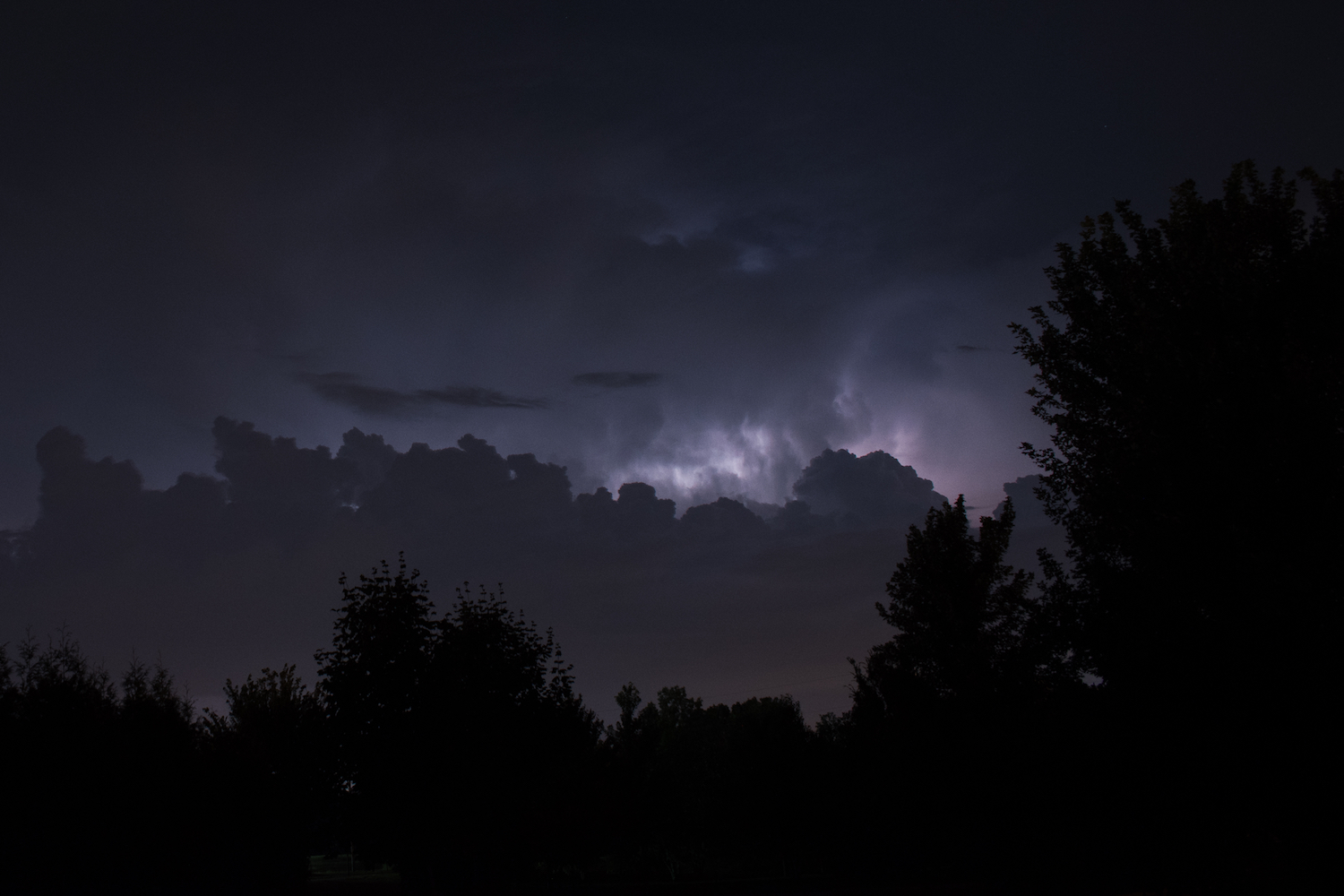Myth buster: There's no such thing as heat lightning

The lightning you saw off in the distance last night or last week or last month wasn't heat lightning. In fact, heat lightning doesn't even exist.
What is often referred to as heat lightning is a commonly misunderstood weather phenomenon. Many people are under the false impression that high heat and humidity can cause lightning, but this isn't the case, according to the National Weather Service. In reality, what you may think is heat lightning is really just lightning from a thunderstorm that is too far away for you to experience its other effects — no rain, no wind, no thunder, just the sight of lightning off in the distance.
Lightning can't exist without thunder — thunder is the sound lightning makes. Both occur as the result of rapid expansion of masses of hot and cold air. However, because of differences in how fast light and sound travel and how sound is absorbed by the surrounding terrain we don't always experience them together.
Light travels farther than sound, so you can see lightning from a thunderstorm from farther away than you can hear the thunder. At night, this effect is compounded by the fact that lightning is more visible when it is dark.
At night, you may be able to see lightning from as far as 100 miles away from the storm, but thunder is typically only heard within 10 miles to 15 miles of a storm, The Weather Channel reports. That means plenty of storms that pass to the north and south of Will County will be visible to us, but we will never experience the rain or thunder that accompanies them.
If you're the type of person who enjoys a good thunderstorm, what we think of as heat lightning is an opportunity to experience the power and beauty of Mother Nature's fury at a safe distance. But always heed this advice: When thunder roars, go indoors.
Lightning is dangerous, killing an average of 47 people per year, the weather service reports. If you are close enough to a storm to hear thunder, you are close enough to be struck by lightning. Always head indoors when you hear thunder. After seeking shelter from a storm, you should stay indoors until the storm has passed and you can no longer hear thunder.
No place outside provides safe shelter from a storm. If you cannot go indoors when a storm approaches, you can shelter in a hard-topped vehicle, according to the weather service. If you are stuck outside away from safe shelter, do not go under tall, isolated trees or partially enclosed structures. While this may help you keep dry, it will make you more vulnerable to lightning strikes.
Instead, seek out the lowest spot like a ditch or depression. You'll want to be as low to the ground as possible. Lastly, avoid being near water as it is a great conductor of electricity, allowing it to travel a farther distance.
